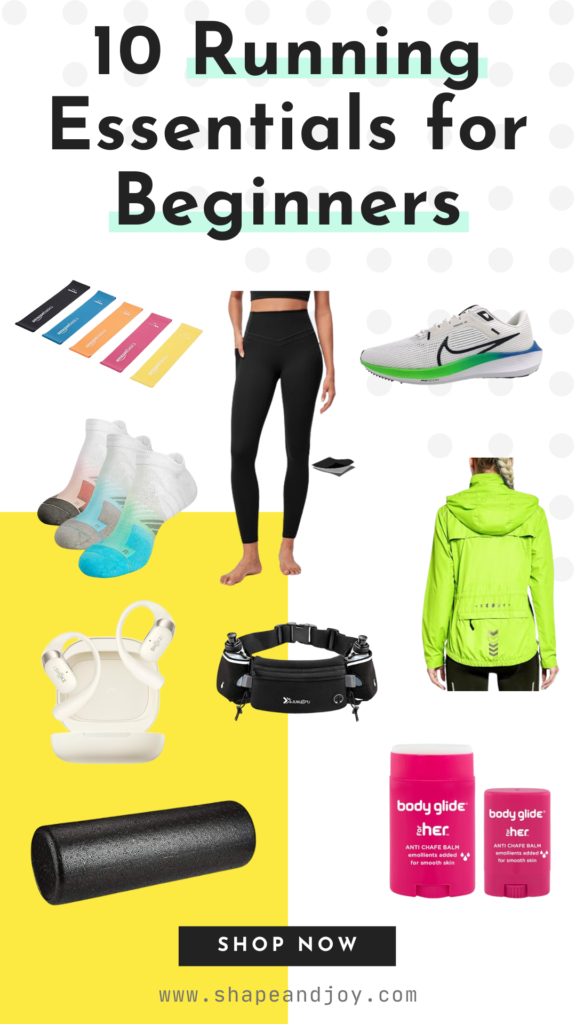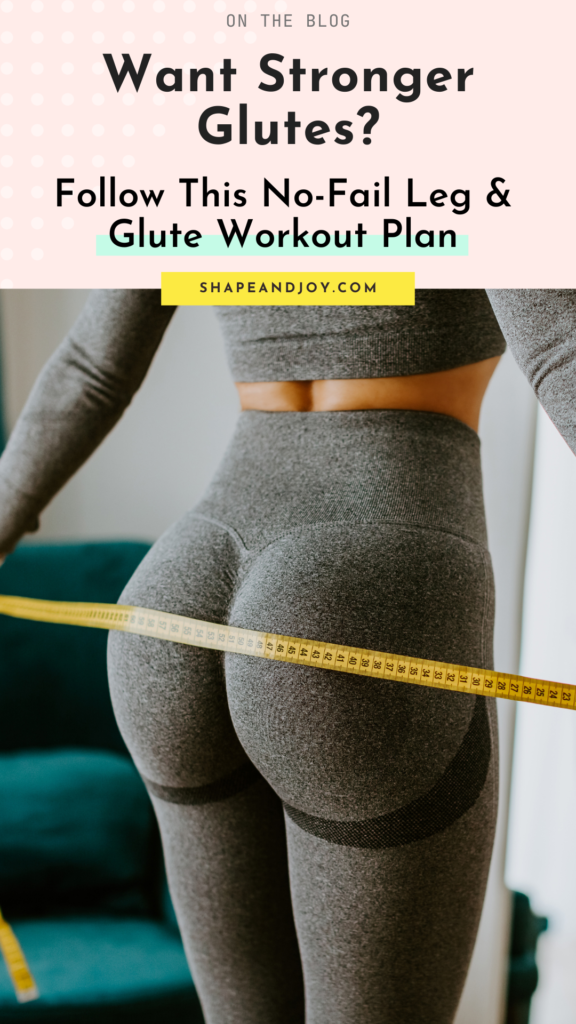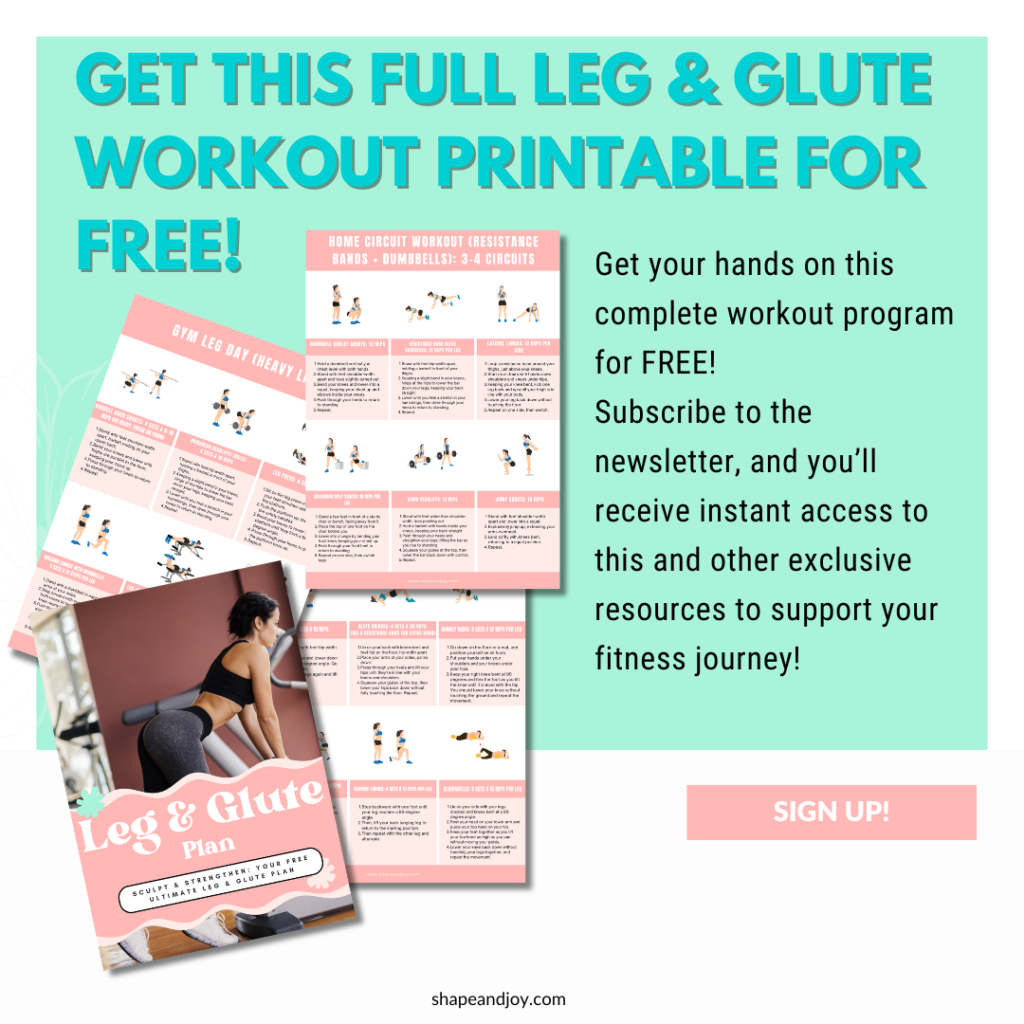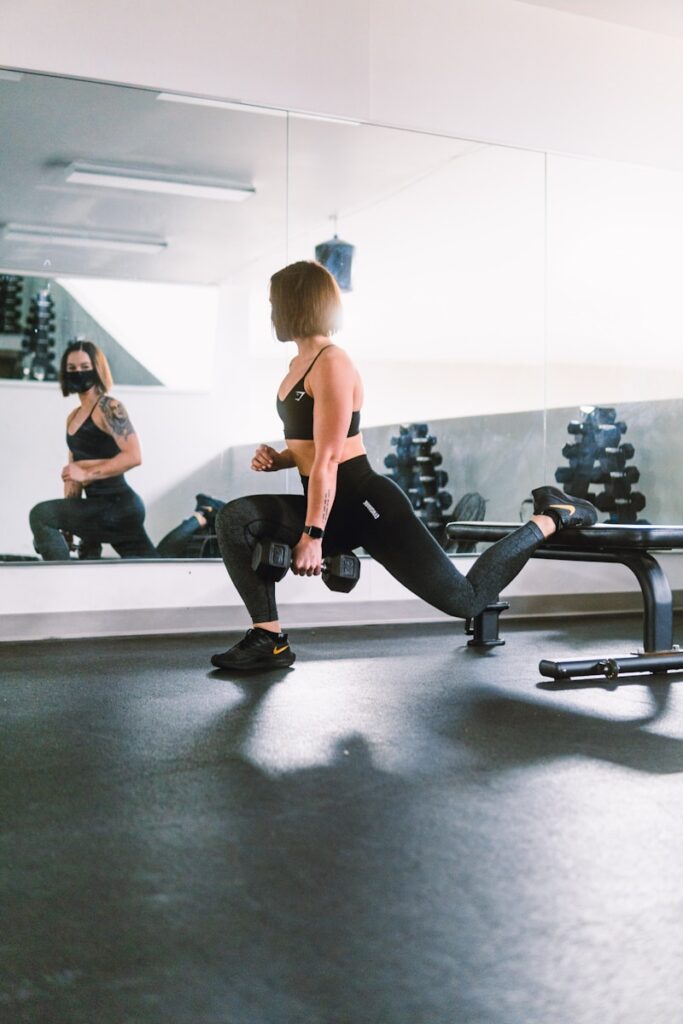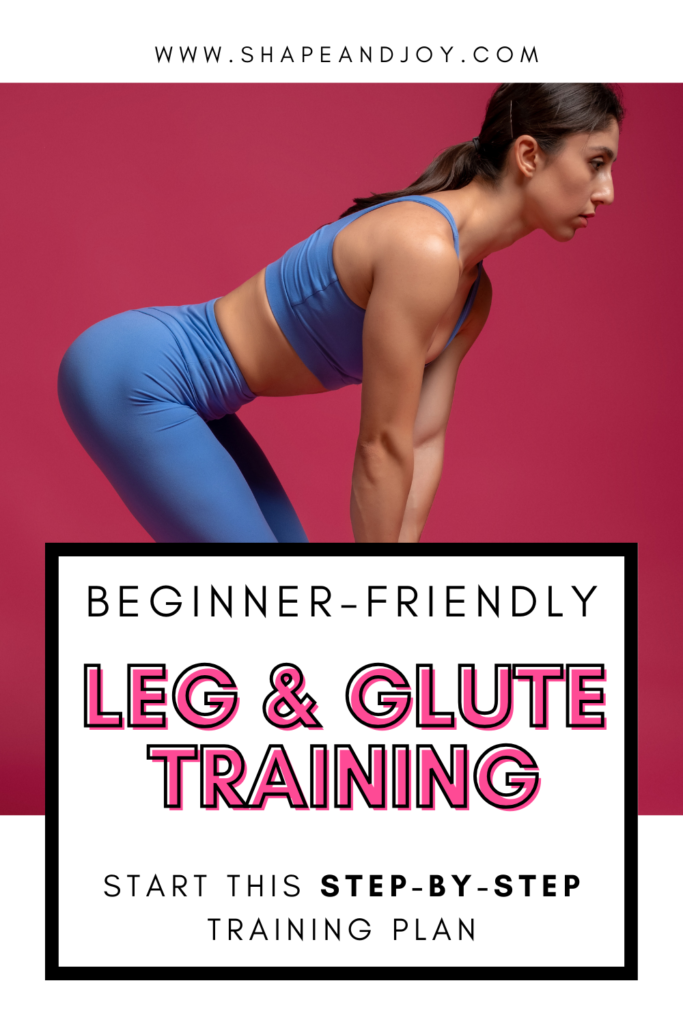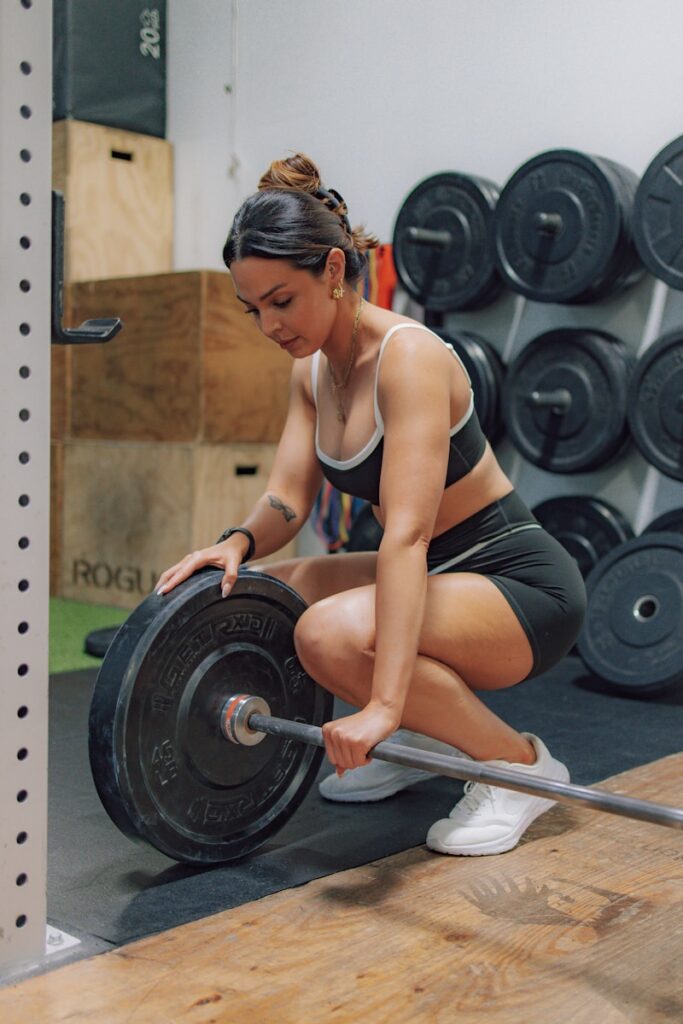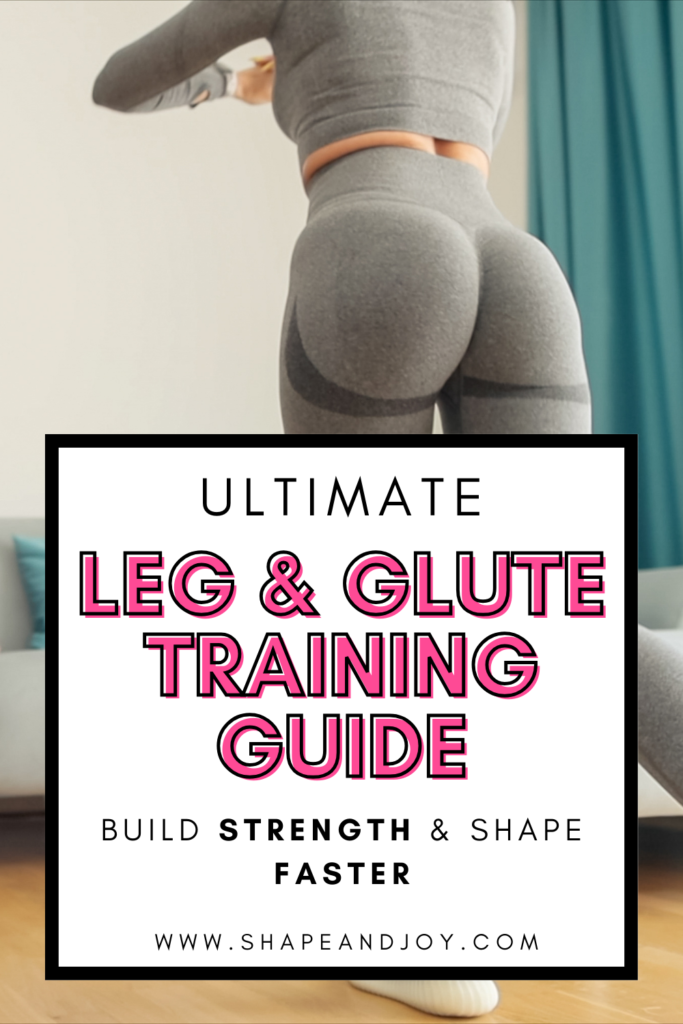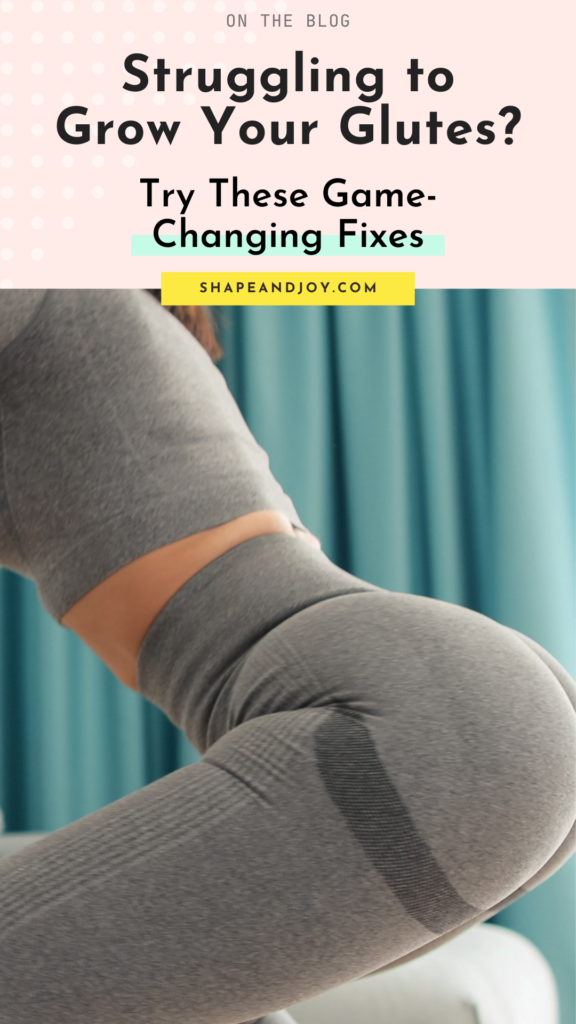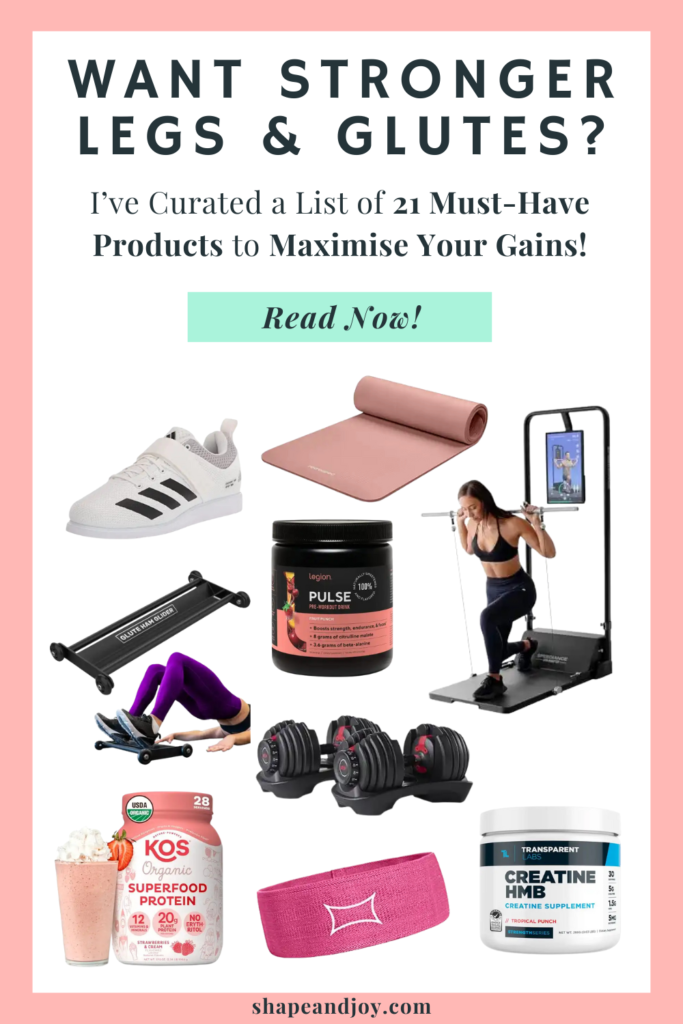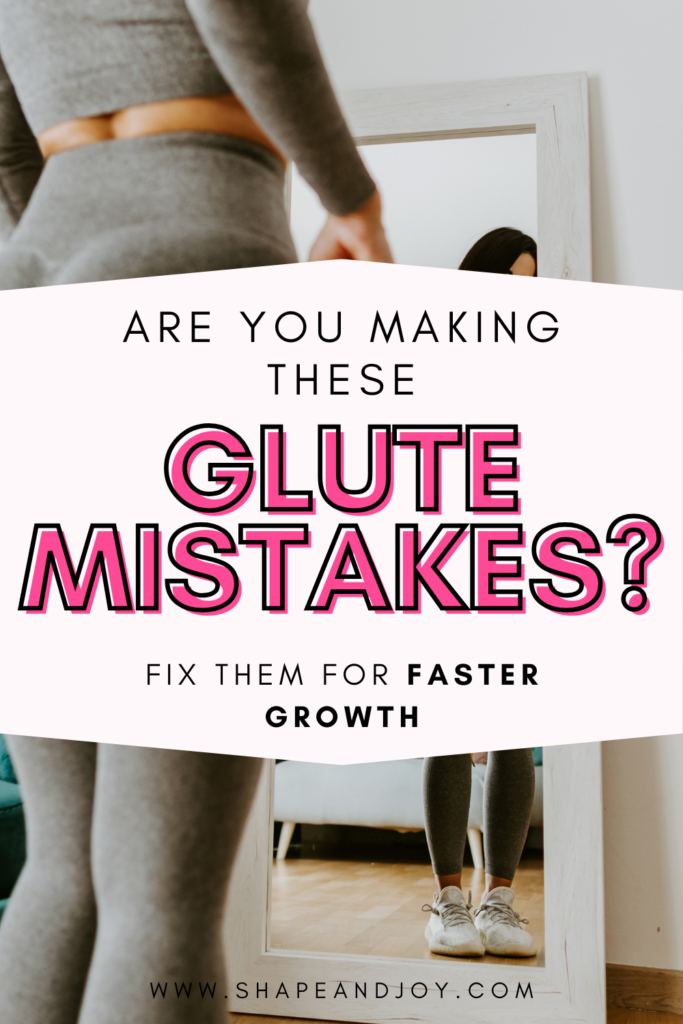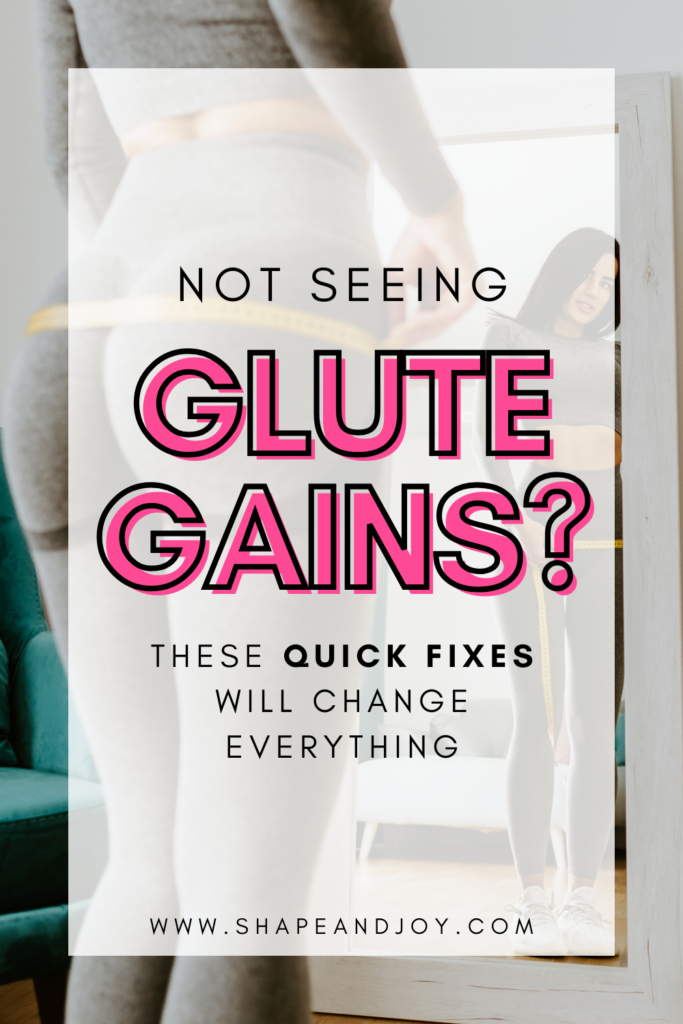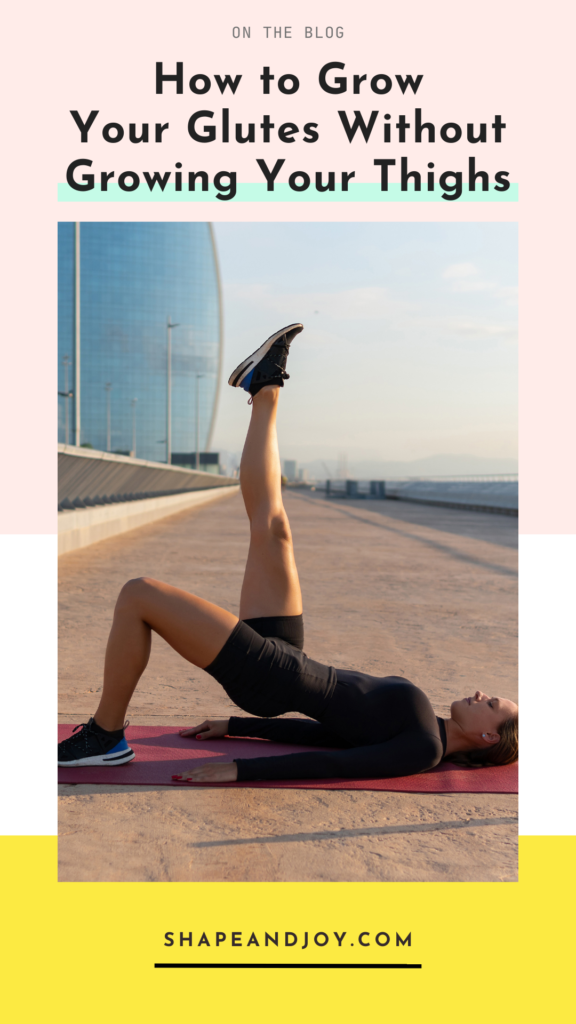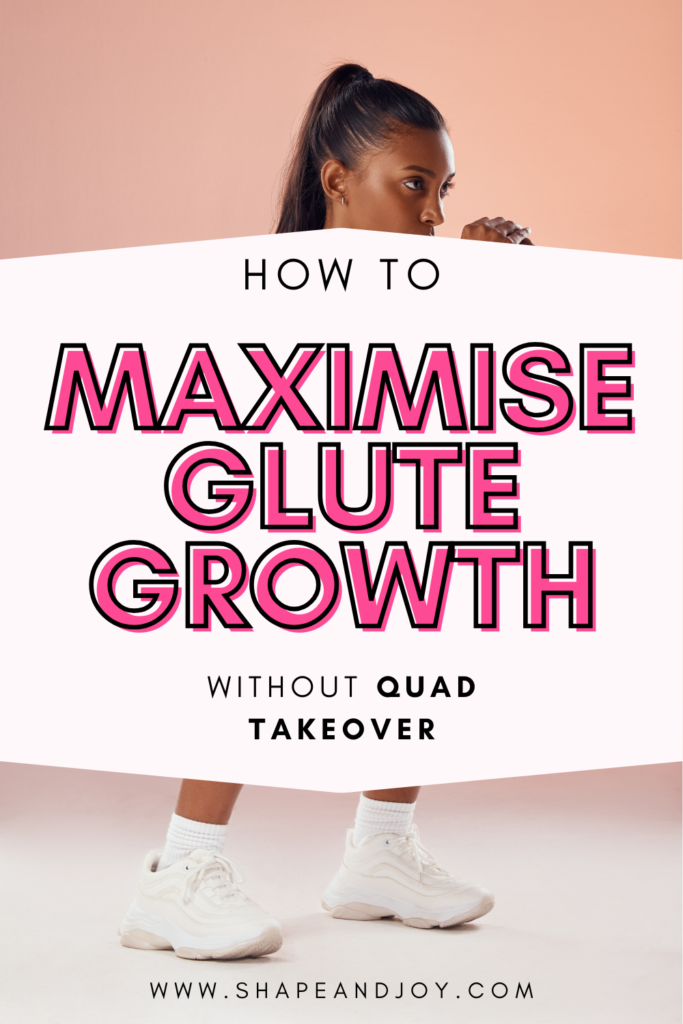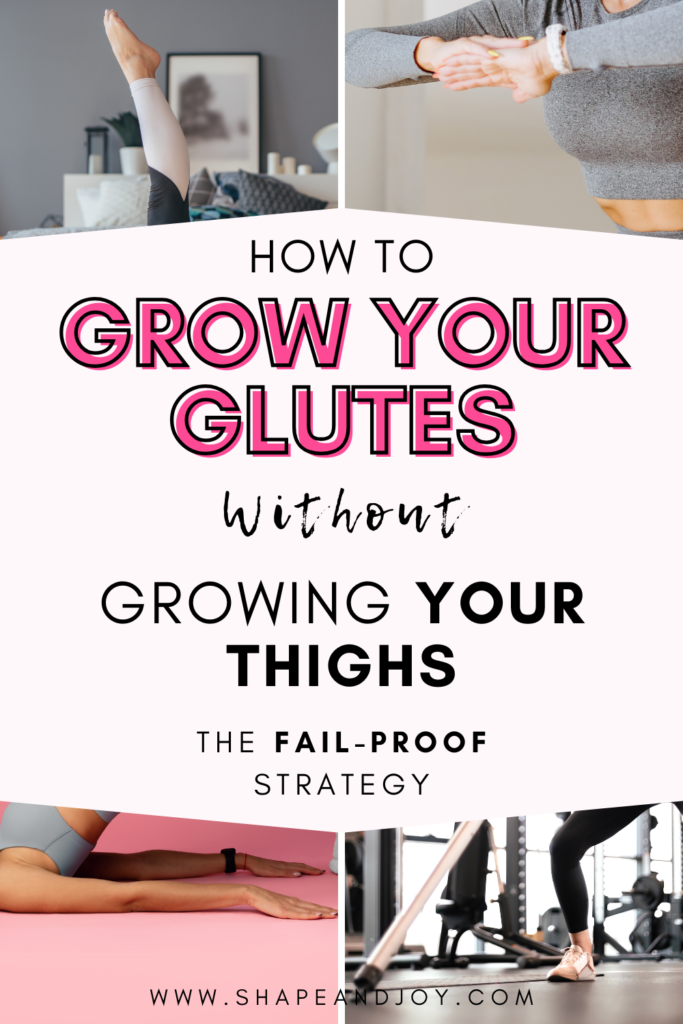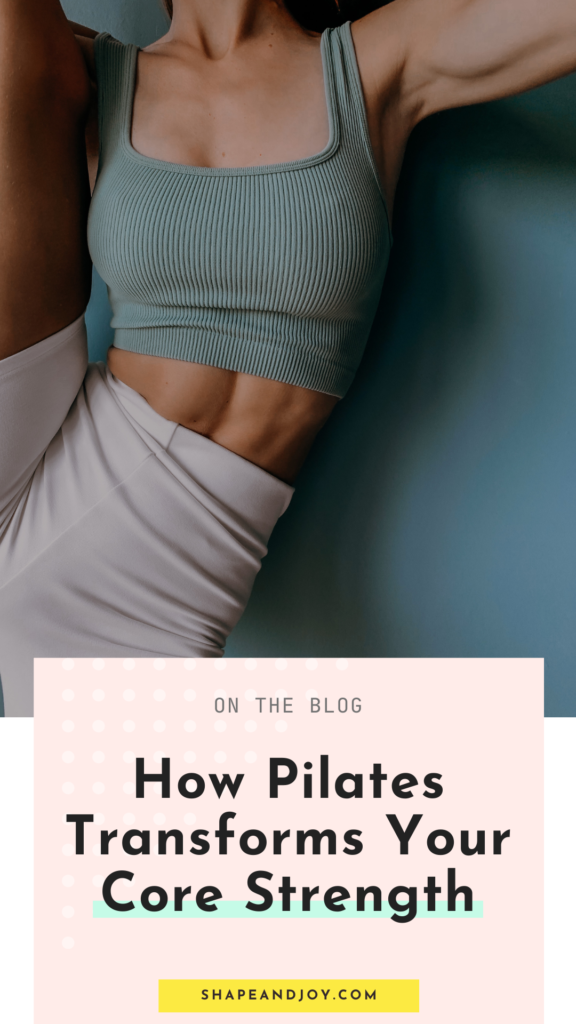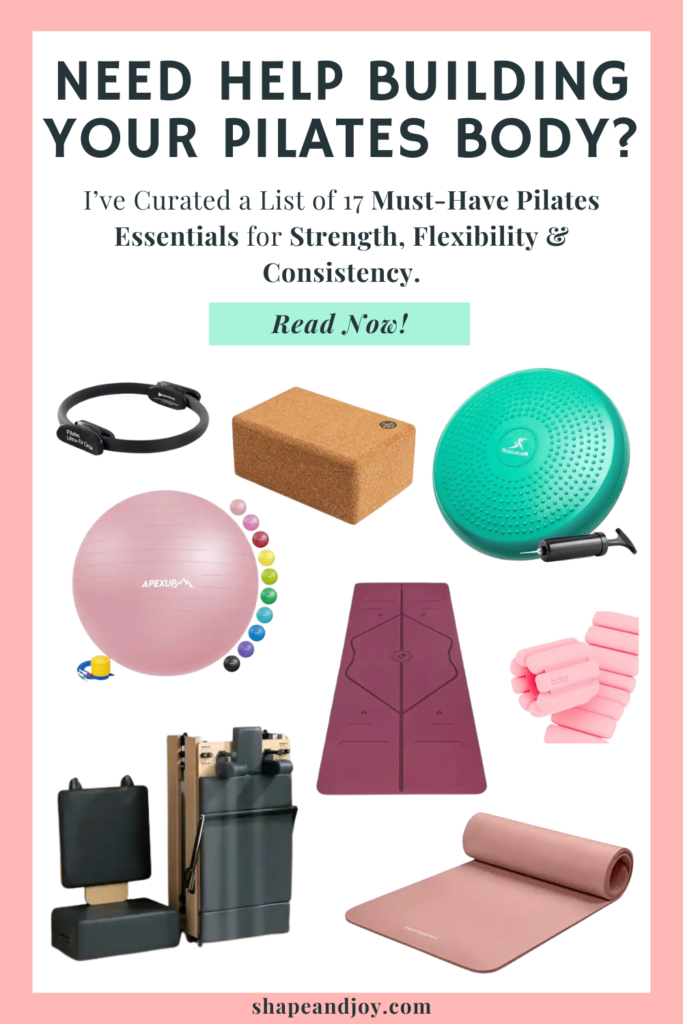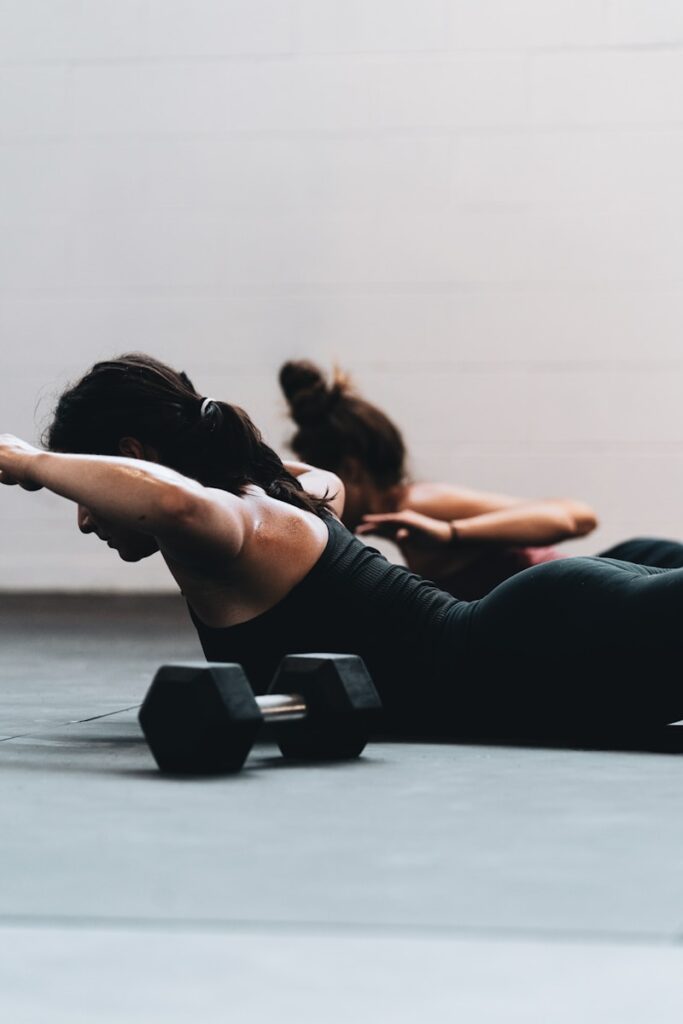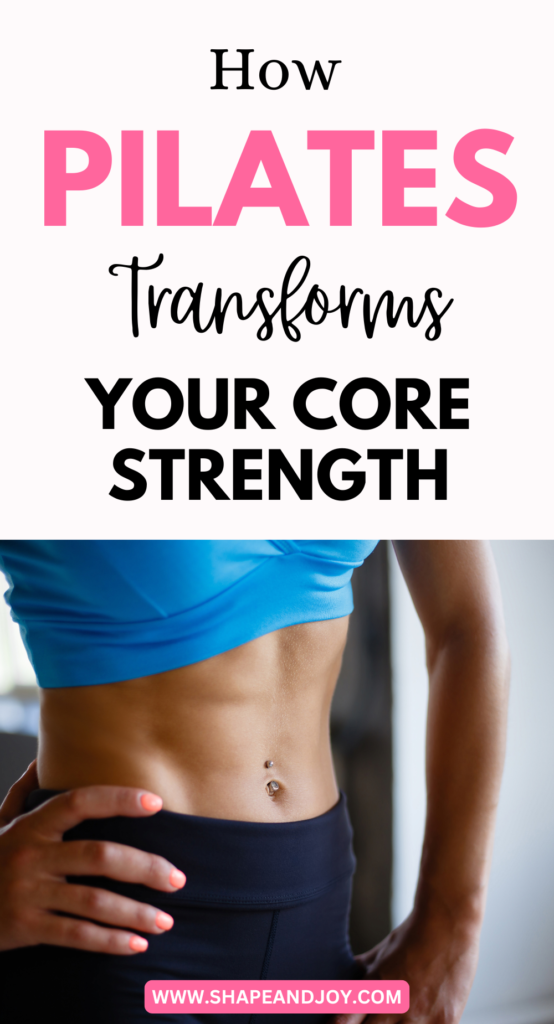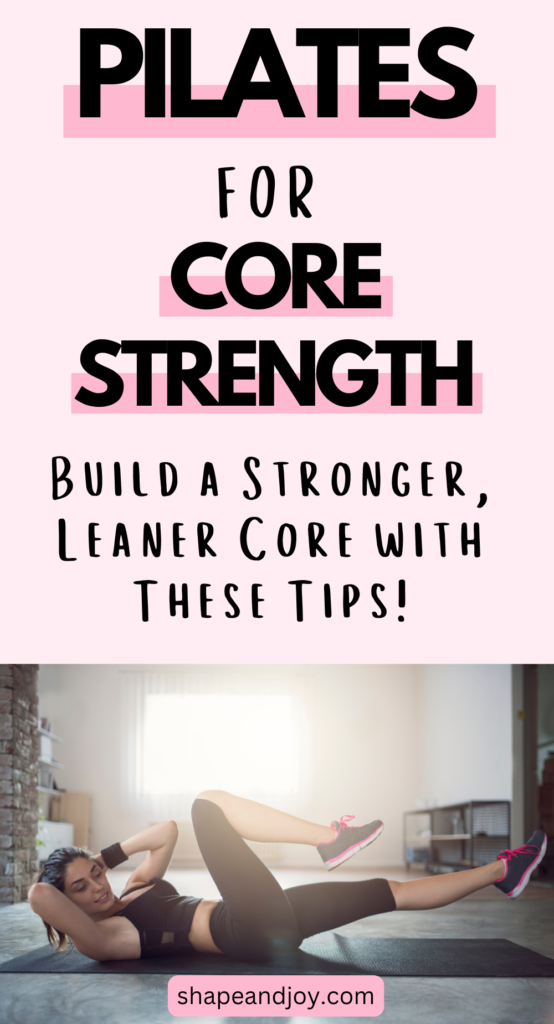Must-Have Running Gear to Keep You Strong, Comfortable, and Injury-Free
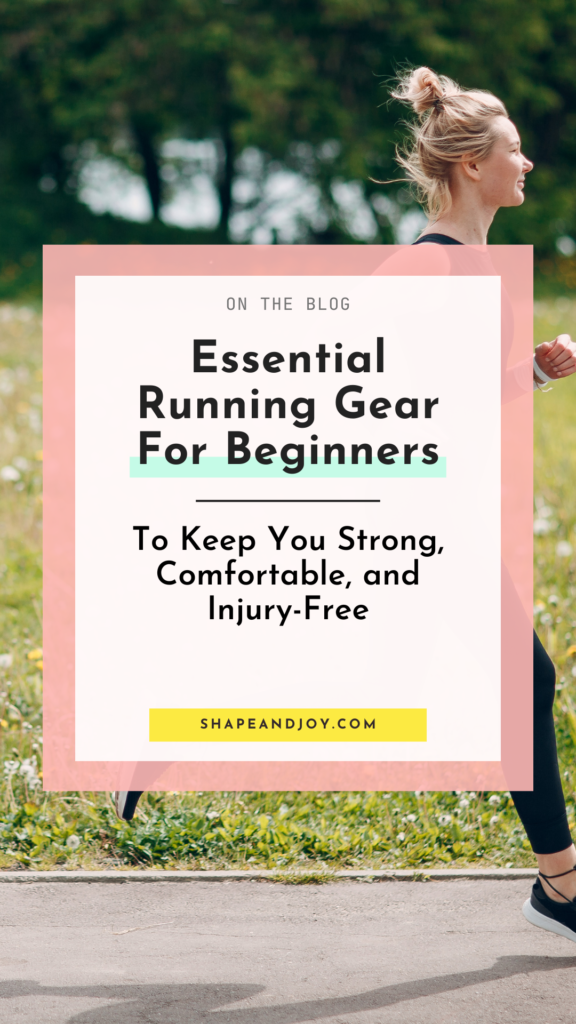
One of the best things about running? It’s one of the cheapest sports out there. No fancy gym membership, no expensive equipment—just you, your legs, and the open road (or treadmill, if that’s your thing). That said, the right running gear can make all the difference between enjoying your runs and suffering through them.
At the very least, a good pair of running shoes is non-negotiable.
Everything else? Helpful, but optional.
So if you’re looking to level up your runs, stay comfortable, and avoid injuries, these essentials will do the trick.
Supportive Running Shoes
If you buy one thing for running, make it a solid pair of running shoes. The wrong shoes = pain, injuries, and regret. The right shoes? They’ll make running feel smoother, keep your joints happy, and stop your feet from hating you.
My Top Pick:
Nike Pegasus 40 – A great all-rounder for most runners, with a perfect balance of cushioning, support, and durability.
But let’s be real—not every shoe works for every runner. Foot type, running style, and comfort all matter. If you want a full breakdown of the best running shoes for beginners, check out The Best Running Shoes for Beginners and find the perfect pair for you.
Moisture-Wicking Running Socks
Blisters? No, thank you. A good pair of moisture-wicking socks keeps your feet dry, comfy, and free from nasty rubbing. You wouldn’t wear rubbish shoes—so don’t skimp on socks either.
High-Support Sports Bra
Ladies, this is non-negotiable. If you don’t want to feel like your chest is in a high-impact trampoline park, invest in a proper, high-support sports bra. Your back, shoulders, and future self will thank you.
Running Leggings with Pockets
Because who wants to hold their phone and keys while running? A good pair of running leggings with secure pockets = hands-free bliss. Bonus points if they’re squat-proof and don’t slide down mid-run.
Lightweight Running Jacket
Running in the rain? Wind? A slight breeze that feels like a hurricane? A lightweight, breathable jacket keeps you warm without overheating. Perfect for unpredictable weather (which is basically all weather). And make it high vis for extra safety at night!
Hydration Vest or Running Belt
Long runs = sweat = dehydration. A hydration vest or running belt means you can carry water, snacks, and essentials without feeling like a pack mule. No more stopping mid-run for a drink—just grab and sip.
Wireless Earbuds
Let’s be honest, running without music or a podcast is just unnecessary suffering. A good pair of wireless earbuds stays put, sounds amazing, and won’t leave you tangled in wires like it’s 2005. Open-ear headphones are even better as they allow you to stay aware of your surroundings and are race-safe.
Foam Roller
Running tightens up your muscles—foam rolling keeps them happy. It’s not the most enjoyable experience, but it’ll stop you from feeling like a stiff robot the next day. A must-have for recovery and injury prevention.
Anti-Chafe Balm
No one talks about it, but chafing is real—and it is not fun. If you’re running longer distances, save your skin (literally) and grab some anti-chafe balm. Your thighs will love you for it.
Running Watch or Fitness Tracker
Whether you’re tracking miles, pace, or heart rate, a running watch keeps you accountable and motivated. Plus, there’s nothing more satisfying than seeing those stats improve over time.
Gear Up and Run Strong
Running is one of the cheapest and most accessible sports out there. All you really need is a solid pair of running shoes, a bit of motivation, and the determination to keep putting one foot in front of the other.
That said, the right running gear can make a huge difference in how comfortable, enjoyable, and injury-free your runs feel. Whether it’s preventing blisters, staying hydrated, or tracking your progress, investing in the right essentials can take your running to the next level.
What’s Next?
- Start with the basic running gear—good running shoes and moisture-wicking socks
- Add extras like a sports bra, running belt, or hydration pack as you progress
- Stay consistent, listen to your body, and most importantly—enjoy the run
The more comfortable and prepared you feel, the more likely you are to stick with running and actually love it. So gear up, lace up, and hit the road—you’ve got this!
📌 Pin this for later! ⬇
